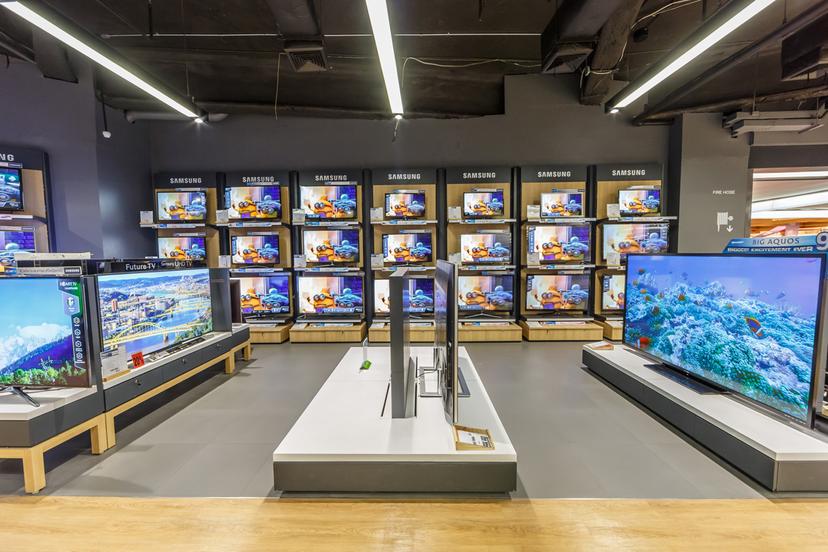General Consumer Products

Background
From ancient Greek clay pots to Roman bronze weapons and building materials, humans have always demonstrated the need to produce goods. By the time of the Renaissance, Europeans were manufacturing gunpowder, clothing, and other goods for trade with neighbors across the oceans. They built factories in which goods were produced by hand with simple tools or with water-powered machines.
Several major inventions fueled the Industrial Revolution, which began sometime around 1750 and began to use the many workers necessary for mass-production processes. Mass production meant that many more goods could be produced in less time. The steam engine became the new power source for machinery, further increasing the rate of production.
Soon the assembly line was introduced to the manufacturing process. Products manufactured on an assembly line are moved along from station to station within a factory to be made in stages, with each worker performing a specific task that contributes to a product’s completion. Henry Ford and his colleagues contributed the conveyor belt to the world of manufacturing early in the 20th century. This device tripled the speed of production with its ability to drive the assembly line.
Today, computer technology plays a significant role in the manufacturing process. Computer-programmed robotic machinery now performs many of the duties people once handled. It has allowed companies to produce goods more quickly, but it has also reduced the number of workers needed in the manufacturing sector. In recent years, “green manufacturing” processes have become increasingly popular as a result of growing consumer interest in protecting the environment and using fewer resources.
The ways in which products are sold have changed over the years along with methods of manufacturing. In the early days of commerce, vendors touted their wares in public squares, in town markets, or door-to-door. Eventually, vendors opened small shops to sell their goods. These shops typically sold only the general category of merchandise in which the owner specialized. In the 1700s, general-merchandise stores emerged that carried a variety of goods to meet the needs of consumers. Zion’s Cooperative Mercantile Institution in Salt Lake City, Utah, which opened in 1870, was the first incorporated department store in America. Department stores sell a wide variety of consumer goods—from clothing and cosmetics, to home appliances and toys, to tools and home goods. They remain popular today.
In the 1960s, “big box” stores entered the retail market. They are large businesses that sell large appliances, such as washing machines and dryers (hence the “big box” name), as well as clothing and groceries. Meijer opened as the first “big box” store in Grand Rapids, Michigan, in 1962. Wal-Mart, a merchandising leader, opened its first super center in 1988.
The Internet has also changed the manner in which general consumer products are sold. Consumers can purchase almost any general consumer product they want and have it delivered to them without ever having to leave their homes. This had a negative impact on "brick-and-mortar" stores. According to U.S. Commerce Department figures, department store sales fell nearly 50 percent between 2000 and 2018. During the same timeframe, online retail sales skyrocketed 300 percent.
